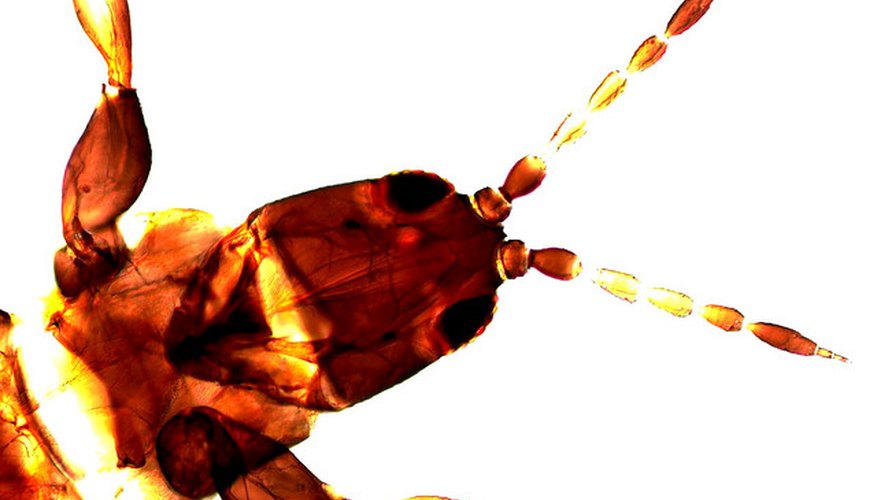Thunderbugs, also known as thrips, thripids or thunderflies are tiny insects with bordered wings. They feed on both plants and animals by puncturing them with a stinger and sucking out their contents. They attack a variety of plants and cause much damage to fruits, vegetables and flowers. Different types of thunderbugs prefer different food sources, including avocados, beans, legumes, citrus, figs, azaleas, rhododendron, onions, garlic, peppers, grapes, strawberries and roses among them. Thunderbugs are very difficult to eradicate; early detection and a multitude of methods are key.
Apply narrow-range oil, neem oil, or insecticidal soaps when the damage first begins to appear. These reduce the number of thrips which makes further eradication easier.
- Thunderbugs, also known as thrips, thripids or thunderflies are tiny insects with bordered wings.
- Apply narrow-range oil, neem oil, or insecticidal soaps when the damage first begins to appear.
Use row covers, hot caps or cages to keep them away from the plants. Any type of covering that allows light and air penetration may be used.
Prune and destroy infested plants. Regular pruning is effective with many types of thunderbugs. Pick up and dispose of all leaf and petal litter.
- Use row covers, hot caps or cages to keep them away from the plants.
- Regular pruning is effective with many types of thunderbugs.
Introduce predators like lacewings, minute pirate bugs, mites and tiny wasps. These are most effective in a greenhouse.
Keep your plants moist; thunderbugs hate moisture. Spray the plants thoroughly every morning.
Purchase insecticides specifically for the eradication of thrips. Follow the application directions on the package.
TIP
Spreading a thick organic mulch early in the spring will help keep the thrip population down. For outside gardens, use garlic, hot pepper wax or sulphur dust to repel them. Spraying plants with water infused with garlic or onions also repels thunderbugs.
